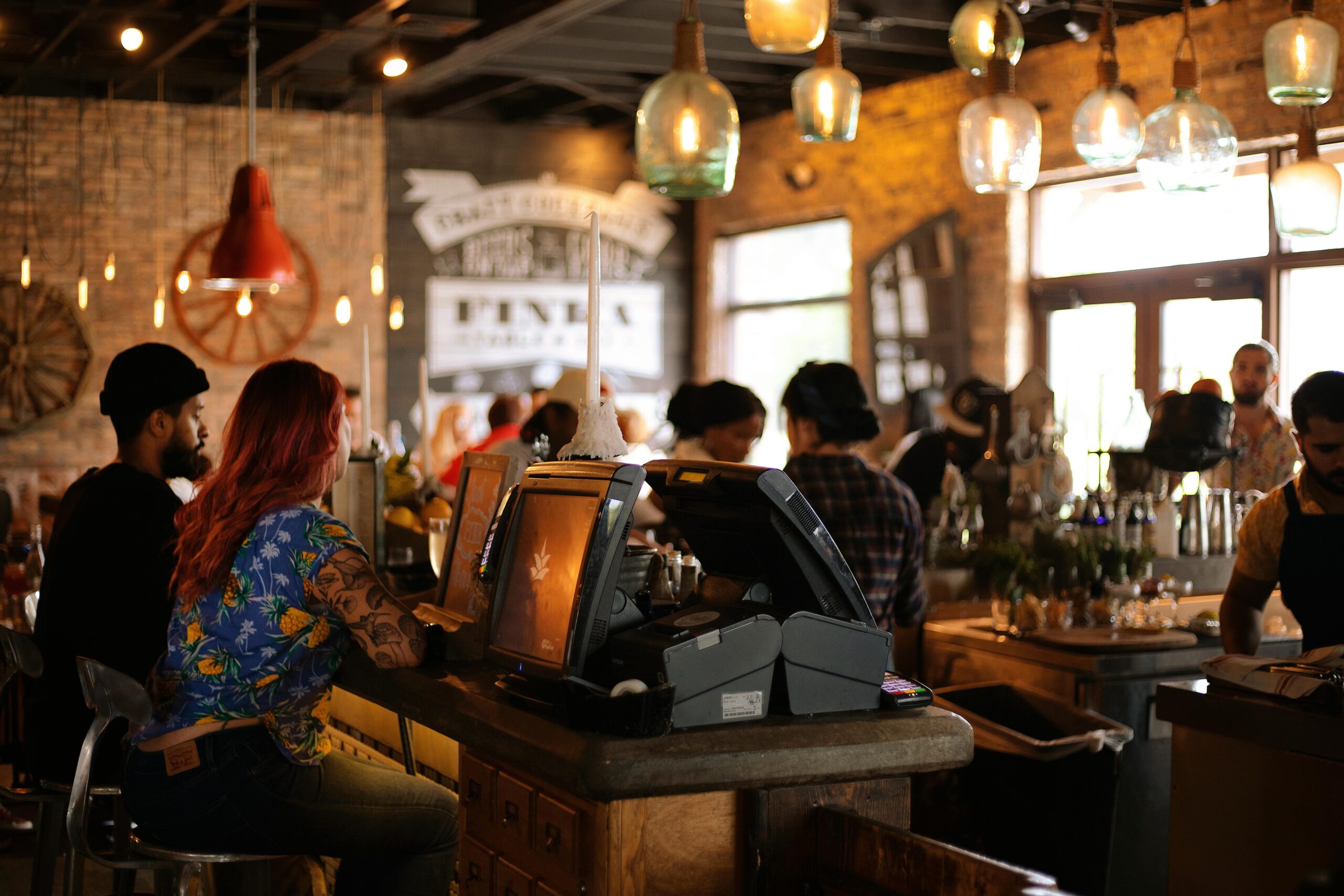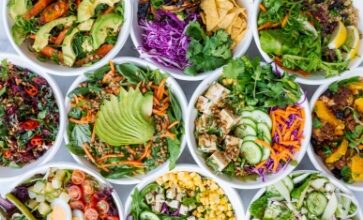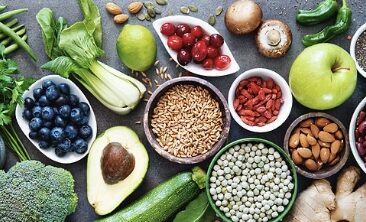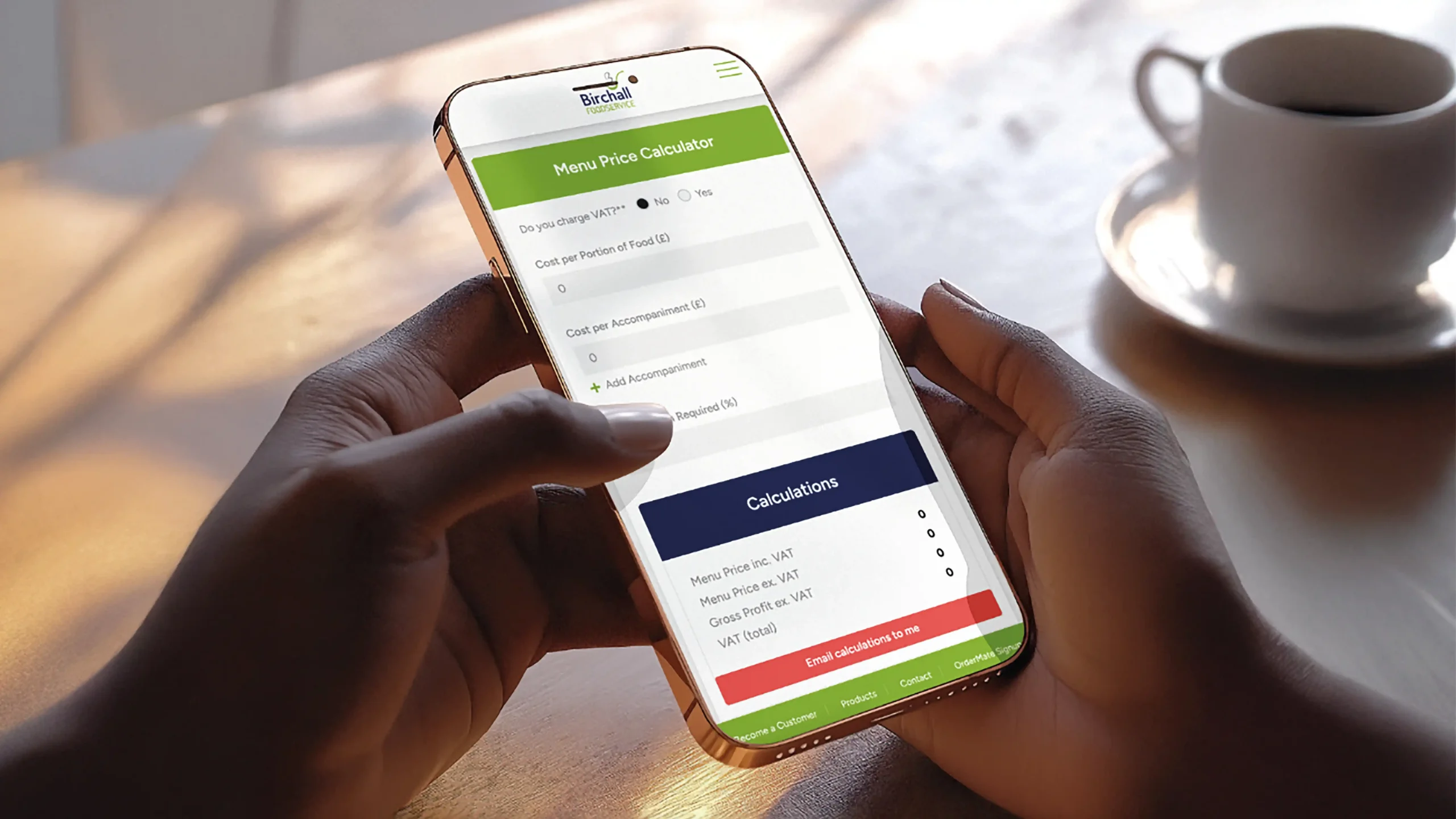
How to Improve Profitability: 10 Tips for Hospitality
Profitability is the backbone of any successful business, but for the hospitality industry – whether you run a pub, restaurant, or café – it can often feel like an uphill battle. Rising costs, wage increases, and shifting consumer behaviours mean that identifying opportunities to boost profits is more critical than ever.
In this guide, we’ll walk you through 10 actionable tips designed to help you increase revenue, reduce costs, and create a more profitable hospitality business. Because at the end of the day, a thriving business means more than just keeping the lights on – it means growing and succeeding.
Let’s take a look…
What is profitability?
Profitability refers to the ability of a business to generate profit – the difference between your revenue and your expenses. In hospitality, this can be influenced by factors such as:
- Food and beverage costs
- Menu pricing and item affordability
- Operational efficiency
- Customer experience
- Staff productivity and training
- Waste management and portion control
- Energy efficiency and sustainability practices
Monitoring profitability is essential as it directly indicates your business’s financial health and sustainability.
How profitable is the hospitality sector?
Recent trends show that profitability in hospitality is under strain, with many businesses facing rising business rates and increased wage costs. Therefore, it’ll come as no surprise that the industry has experienced a real surge in venues shutting for good due to soaring energy prices and consumer spending pressures.
Last year, Chancellor Rachel Reeves confirmed that pubs, restaurants and bars will receive a 40% discount on business rates bills from April 2025 up to a maximum cap of £110,000 per firm. This replaces the 75% rebate introduced by then-Chancellor Rishi Sunak in 2021, which was designed to support the hospitality sector as it recovered from the devastating impact of COVID-related closures and restrictions.
The reduction in relief means businesses will face higher costs at a time when many are already struggling to stay afloat, potentially putting further strain on an industry that has seen widespread closures and declining profitability.
For a detailed overview of the challenges, read this article on hospitality profit margins.
Why is increasing profitability important?
Running a hospitality business is no small feat – it’s often demanding, fast-paced, and comes with its fair share of challenges. But at the heart of it all, profitability is what keeps your business moving forward. Without profit, there’s no room for British businesses to grow, innovate, or even stay afloat.
Profit means more than just figures in a bank account – it’s about creating a sustainable future for your business, your employees and the experience you provide to your customers.
The benefits of improved profitability for your business:
- More funds to reinvest into the business
- Attract and retain top talent through competitive wages
- Opportunities to expand through new offerings / locations
- Improved cash flow and less financial stress
- Financial security to weather seasonal downturns
- Resources to provide greater customer service
How to improve profitability for pubs, restaurants and cafès:
So, how can you improve profits in your business? Here are our top 10 actionable tips to get you thinking:
Menu design & optimisation
-
Revamp your menu design
Got your expensive ‘specials’ tucked away on a chalkboard by the bar? Positioning high-margin items prominently on your menu can drive sales of these dishes. Visual elements like images, icons, or highlighted text can draw attention to profitable options. Menu psychology, such as “anchoring” premium-priced items near mid-priced dishes, can also influence customer choices.
-
Simplify your menu design
Streamlining your menu reduces preparation times, minimises waste, and allows your kitchen to operate more efficiently. To reduce costs, focus on dishes with high-profit margins and ingredients that overlap across multiple menu items. As a bonus, a streamlined menu enables you to focus in on a specific culinary niche, which customers often appreciate, as it conveys a focus on quality rather than quantity.
-
Dynamic pricing
Next up, dynamic pricing can be a fantastic way to increase your overall profits. For example, higher prices during busy times can maximise revenue, while discounts during quieter periods can attract more customers without hurting profitability. Happy hours and 2-4-1 drink offers are far from new or revolutionary, but they remain effective and unlikely to deter customers – if anything, they tend to have the opposite effect.
There are four common dynamic pricing strategies to consider:
1. Surge pricing: Charging an additional, reactive surge amount on top of the upfront fee at times when service is particularly busy. Examples: A nightclub or bar charging a higher entry fee during high-demand times or when the venue reaches capacity.
2. Demand pricing: Calculating the price based on the demand for service. Examples: A seaside restaurant increasing prices for fish and chips during summer when demand from tourism peaks, then lowering prices in the off-season when demand wanes.
3. Value-based pricing: Setting prices based on the presumed value of your service. Example: A restaurant charging a premium price for tasting menus with wine pairings, due to the perceived value of a prestigious, curated dining experience.
4. Time-based pricing: Pricing tied to timing or specific time slots. Examples: Offering happy hour discounts, for example, 2-4-1 cocktails between 4 pm and 6 pm on weekdays (when demand is typically low).
Food & beverage suppliers
-
Improve inventory control
Ever found yourself throwing out unused produce while scrambling to restock one of your best-selling dishes? You need better inventory control. Effective stock management ensures you have the right products at the right time, avoiding both overstocking and understocking. Regularly reviewing inventory data helps you optimise purchasing decisions and minimise waste.
-
Portion sizes
This next tip may sound simple, but it’s often overlooked. Standardising your portion sizes. Not only does this ensure consistency and reduce food waste, but it can also maintain customer satisfaction. No one wants to order a dish one week and enjoy a generous portion, only to return the next week and find the portion has been halved. Use portion control tools to keep servings consistent without cutting corners on quality.
Methods to standardise portion sizes:
- Use measuring tools such as scales, scoops, cups or moulds
- Create portion guides or diagrams and display these in the kitchen
- Offer differing portion options (small plates, main meals, sharers)
-
Reduced food waste
Quit. Wasting. Food. We’re all guilty of this one – but working with your staff to identify the primary causes of food waste can work wonders for increasing profits. Train your team on creative ways to repurpose ingredients, such as using vegetable scraps for soups or sauces. This reduces your waste and directly improves your gross profit margins.
→ Grab your FREE Food Waste Recipe Guide here.
Marketing & promotions
-
Use social media
Next up, get it on the gram! Platforms like Instagram, Facebook, and TikTok are perfect for spotlighting new dishes, themed nights or limited-time offers. Posting high-quality images of seasonal specials or behind-the-scenes kitchen action is a great way to build intrigue.
And don’t forget to consider location-based tags or partnering with local influencers to expand your reach. Many customers now check social media to get a feel for a venue before making a reservation, so make sure your social presence reflects your brand and draws them in.
-
Special & seasonal offers
Limited-time offers and seasonal promotions create urgency, encouraging customers to try specific items. This strategy can help increase sales during peak times and introduce new customers to your business.
Customer experience & staff
-
Staff training
Investing in staff training is key to delivering exceptional customer service. While guests come for the food, drinks, or the atmosphere, poor service can quickly turn them away – and make them less likely to return. A well-trained team not only enhances the overall experience but also boosts the chances of repeat business, turning first-time visitors into loyal regulars.
-
Digital automation
Finally, automation tools such as self-serve kiosks, digital menus, mobile ordering apps, and online booking systems can streamline your operations. While these tools reduce manual workload, they can also improve service speed and accuracy, ultimately boosting profitability. Be careful though – as you don’t want to take away the human touch that your customers may have grown to know and love.
Improve your profitability
So, there we have it. Improving profitability doesn’t happen overnight, but with the right strategies and thoughtful consideration, your hospitality business can thrive. By optimising menus, managing suppliers, utilising effective digital marketing, and enhancing customer experience, it’s possible to see tangible results in your bottom line.
Still need a hand? For more tailored support, explore our menu design services, training and events, and OrderMate product range. Alternatively, give us a call on 01282 429446 – we’d love to help.





